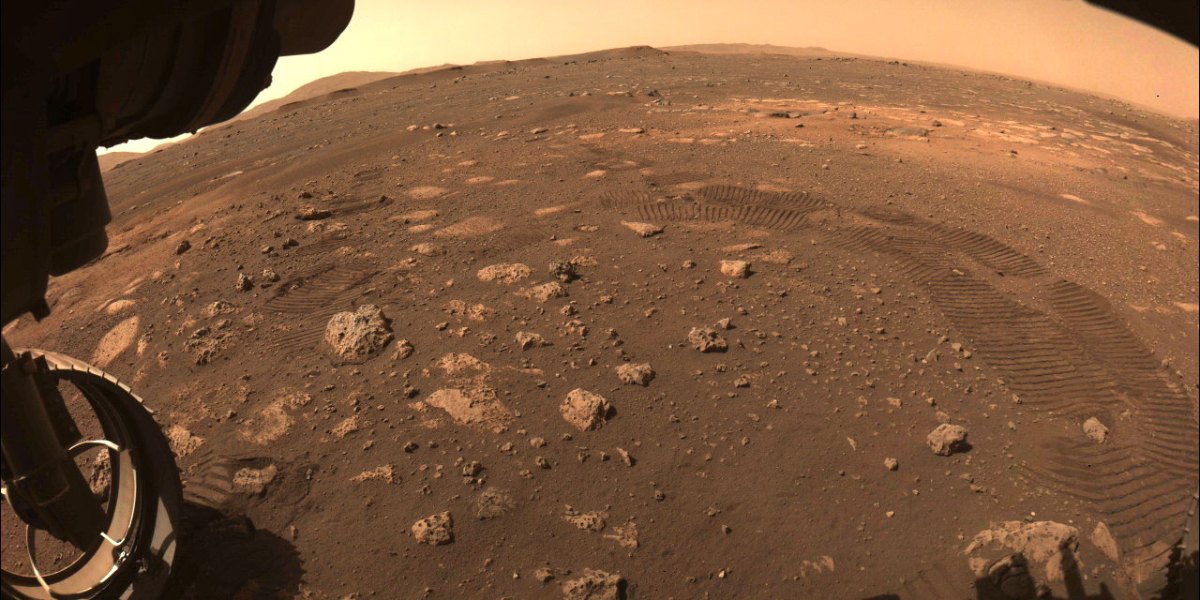
It's a happy turnaround from August when Perseverance tried to get a sample. However, scientists discovered that the tube was empty. Unfortunately, the coring mechanism had ground the fragile rock to a powder that fell back onto the ground close to the drilling hole. Rochette was selected partly because of the harder rock found there, which was more likely to be trapped in the tube.
Why it's important: The mission's main goal is to collect samples. Perseverance has 43 collection tubes. NASA plans to fill all of them with soil and rock samples from Mars. Jezero Crater, which measures 28 miles in length, is believed to have been the site of an old river delta. This is the ideal spot for fossilized life to have made a home on Mars, if it was habitable in its wet era billions years ago. While Perseverance has a wealth of instruments that can tell us much about Jezero's history, the best place to look for biosignatures or traces microbial life on Earth is in a laboratory.
